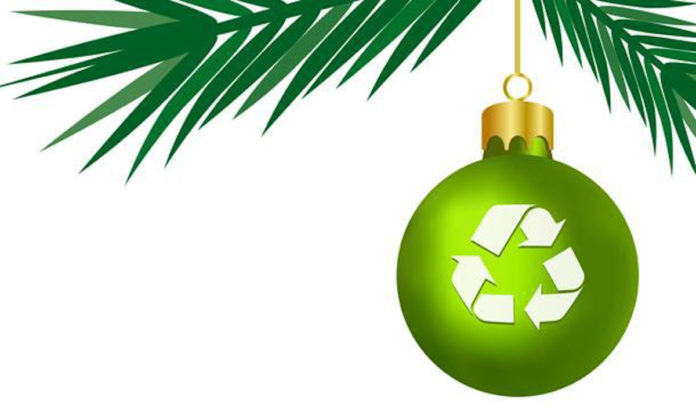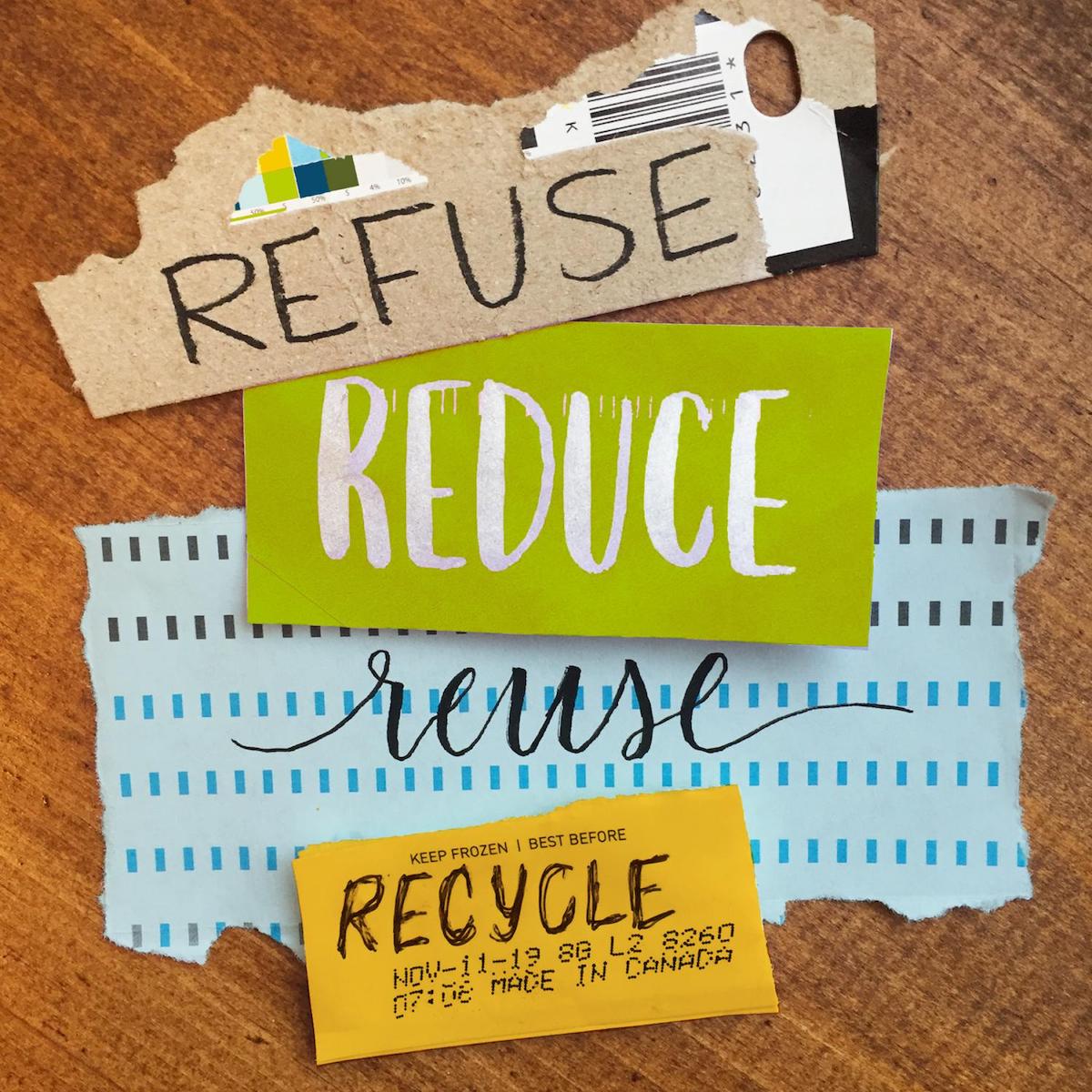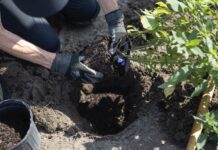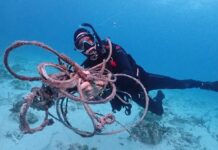
The mistletoe’s hung, the cookies are baked, and tree is lit. And underneath that tree? Lots of new stuff. Wrapped up in lots of other stuff.
The tradition of opening presents at Christmas is long rooted in American culture. People love to give and receive colorful gifts decked out in bows and glitter. It brings a lot of joy.
But, after the excitement has subsided, we’re left with a lot of extra wrapping paper, cardboard boxes, decorations, and other stuff that gets tossed in the trash.
The Recycling Center at Stanford University has reported that Americans throw away 25% more trash between Thanksgiving and New Year’s Day than at any other time in the year. Aside from gift wrap, when you take into account holiday parties and the tremendous amount of single use plastic cups, plates, and silverware used, it’s no wonder that the season of merriment is also a season of wastefulness. But it doesn’t have to be.
The first step to a more sustainable holiday is to curb consumption. “Refuse” can mean buying less, not using plastic bags for your shopping, or serving your holiday dinner on real plates instead of paper ones. When you wrap presents, use green and eco-friendly gift wrapping options. And lastly, recycle. But do it right.
While recycling rules vary by community and recycling center*, these general guidelines for common holiday items can help take away some confusion. Use it to see what is and isn’t recyclable from the holidays.
| Recycling | Trash |
Gifts
Parties
Other
|
Gifts
Parties
Other
|
*Recycling in the Keys goes to the Waste Management Reuters Recycling Facility in Pembroke Pines. This list has been approved by its community outreach and education department and works throughout the Keys.
SPECIAL CARE
There are a few things that shouldn’t go into recycling or trash bins. These include holiday lights, used batteries, and old electronics. These items should be brought to some retailers for recycling or to hazardous waste drop-off events.
Monroe County accepts Household Hazardous Waste and Electronic Waste at 3 transfer stations (Cudjoe Key, Long Key, and Key Largo). More information, including dates and times, is available at https://www.monroecounty-fl.gov/239/Household-Hazardous-Waste.
Islamorada has quarterly household hazardous waste drop-off days: http://www.islamorada.fl.us/departments/public_works/residential_hazardous_household_collection_program.php
Pro Tip
The police recommend not putting out your recycling right after Christmas. Thieves have been known to scope recycling to see who’s gotten a new TV or iPhone.




























